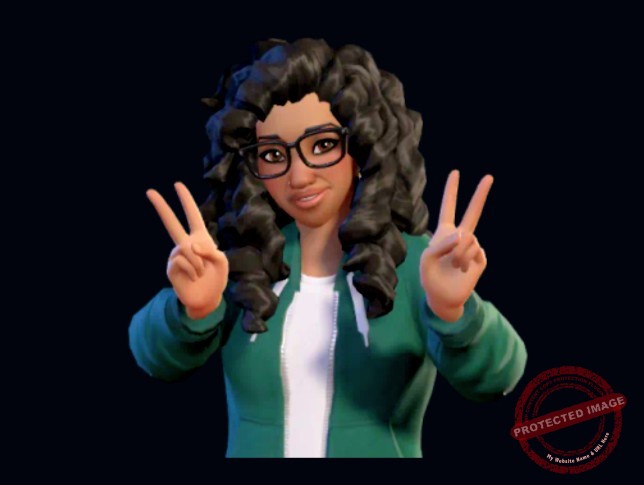Just over 10,000 women are diagnosed with breast cancer under the age of 50 every year in the UK. Of these, around 7,600 women will be in their 40s. Around 2,300 women in the UK are diagnosed aged 39 or under.
The NHS offers screening to save lives from breast cancer. Screening does this by finding breast cancers at an early stage when they are too small to see or feel. Screening does not prevent you from getting breast cancer.
Breast screening does have some risks. Some women who have screening will be diagnosed and treated for breast cancer that would never otherwise have been found or caused them harm.
What is breast cancer?
Breast cancer starts when cells in the breast begin to grow in an uncontrolled way and build up to form a lump (also known as a tumour). As the cancer grows, cells can spread to other parts of the body and this can be life-threatening.
Breast cancer is the most common type of cancer in the UK. About 12,000 women in the UK die of breast cancer every year. Survival from the disease has been improving over time, and now about 3 out of 4 women diagnosed with breast cancer are alive 10 years later.
Your risk of getting breast cancer goes up as you get older. About 4 out of 5 breast cancers are found in women over 50 years old. Most women with breast cancer do not have a family history of the disease.
Most women will have no sign of cancer
In about 96 out of every 100 women screened the mammogram will show no sign of cancer, and no further tests are needed.
Cancer can still develop between mammograms. Remember to check your breasts and tell your GP straight away if you notice any unusual changes.
Symptoms of breast cancer
If you get to know how your breasts normally look and feel, you will be more likely to spot any changes that could be signs of breast cancer. This is important even if you have been for breast screening. Look out for:
- a lump or thickening in the breast
- a swelling or lump in the armpit
- a change in the nipple, which might be pulled back into the breast, or change shape – you might have a rash that makes the nipple look red and scaly, or have blood or another fluid coming from the nipple
- a change in how the breast feels or looks – it may feel heavy, warm or uneven, or the skin may look dimpled; the size and shape of the breast may change
- pain or discomfort in the breast or armpit
If you have any change to your breast, you should make an appointment to see your GP straight away. You may not have cancer. But if you do, being diagnosed and treated at an early stage may mean you are more likely to survive breast cancer.
Your parents and grandparents will automatically receive an invitation to get screened
All women aged 50 up to their 71st birthday are invited for breast screening every 3 years. We send out first invitations to screening some time between your 50th and 53rd birthdays.
If you are aged 71 or over, you are still at risk of breast cancer. Although you will no longer receive screening invitations after your 71st birthday, you can still have breast screening every 3 years. You will need to ask your local breast screening unit for an appointment. Find details of your local unit on the NHS.UK website.
Breast Screenings
When you arrive at the breast screening unit, the staff will check your details and ask you about any breast problems you have had. If you have any questions, please ask.
Mammograms are carried out by women called mammographers. The mammographer will first explain what will happen. She will then place your breast onto the mammogram machine and lower a plastic plate onto it to flatten it. This helps to keep your breast still and get clear X-rays.
The mammographer will usually take 2 X-rays of each breast, one from above and one from the side. She will go behind a screen while the X-rays are taken. You have to keep still for several seconds each time.
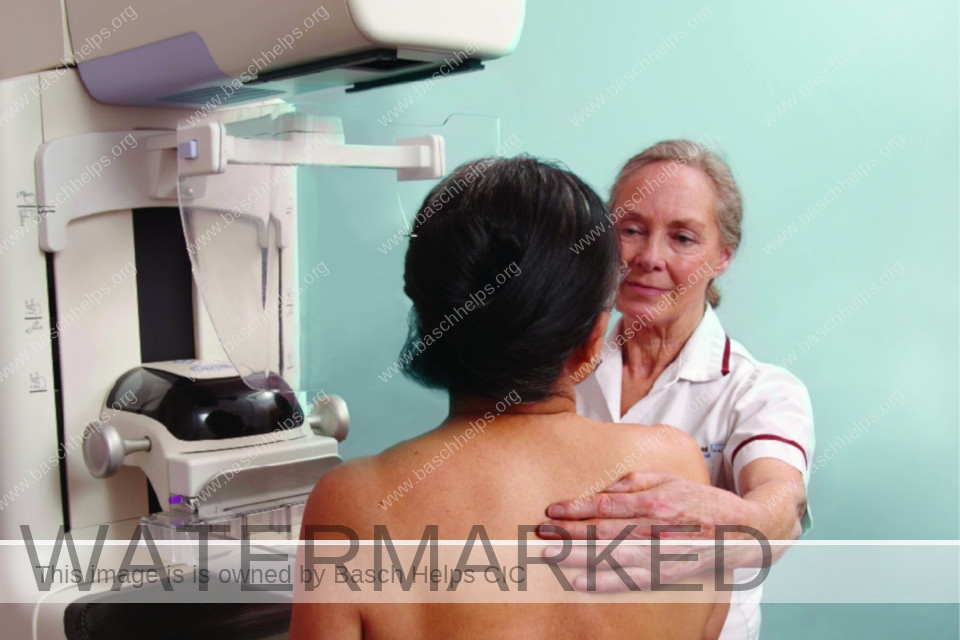
The whole appointment takes less than 30 minutes and the mammogram only takes a few minutes.
Breast screening results
You will receive a letter with your breast screening results within 2 weeks of your appointment. The results will also be sent to your GP.
Occasionally women will need another mammogram before they get their result. Sometimes technical problems mean that the mammogram is not clear enough to read. If this happens, you will be asked to have another mammogram to get a clearer picture of your breast.












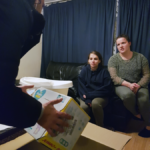


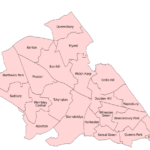
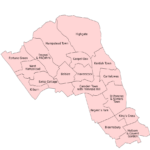
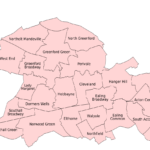
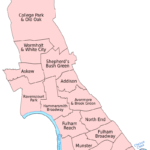
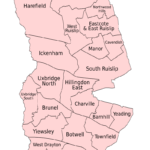

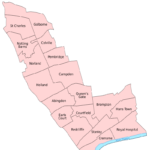







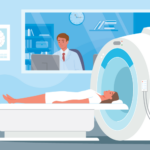



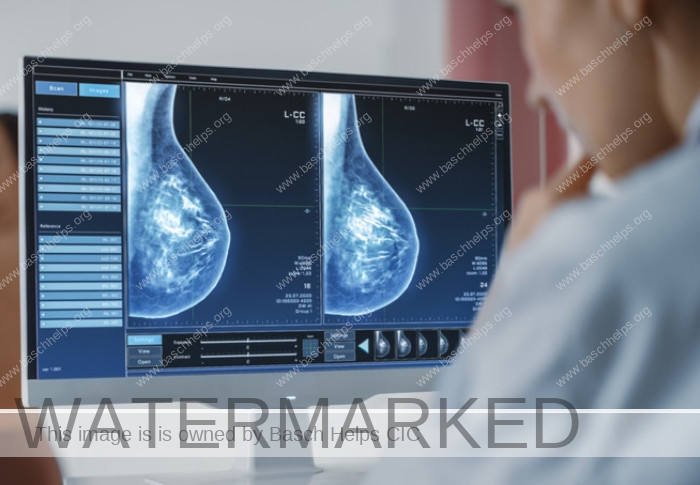


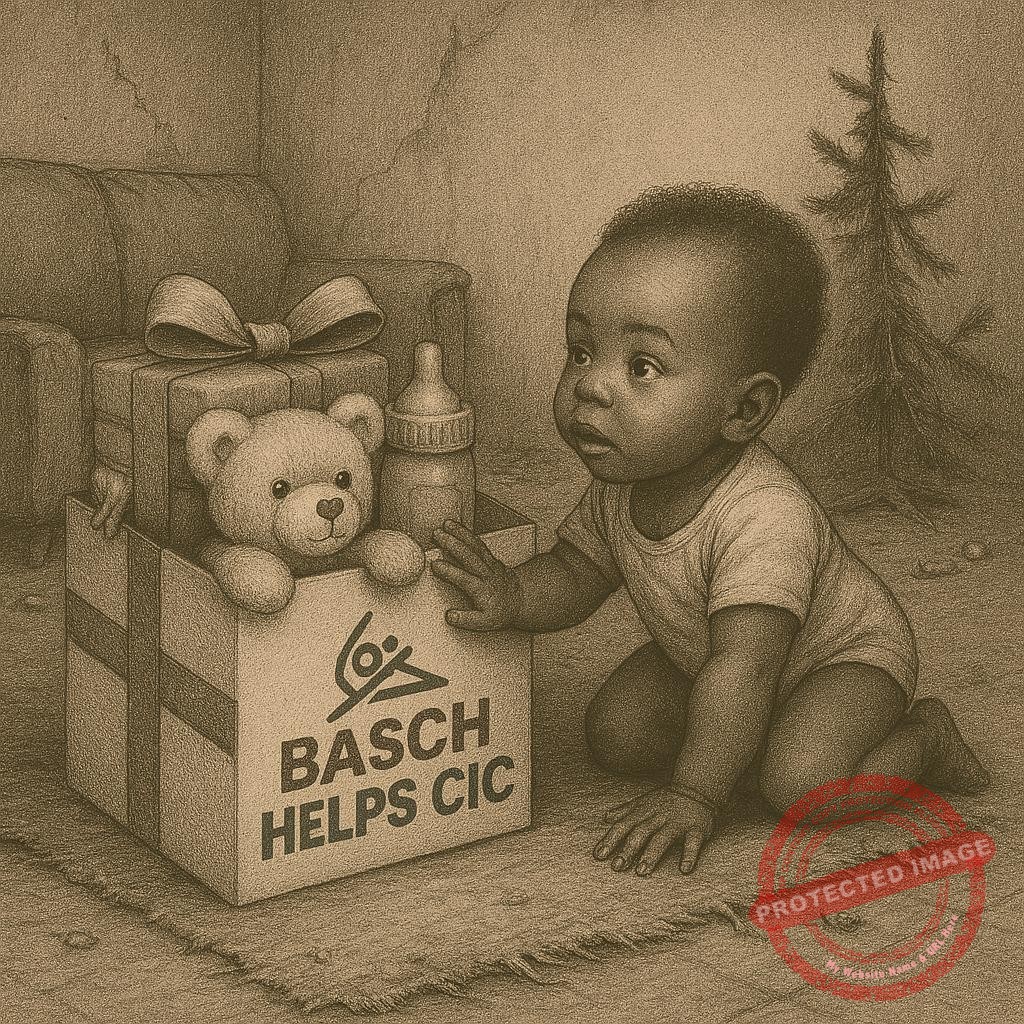


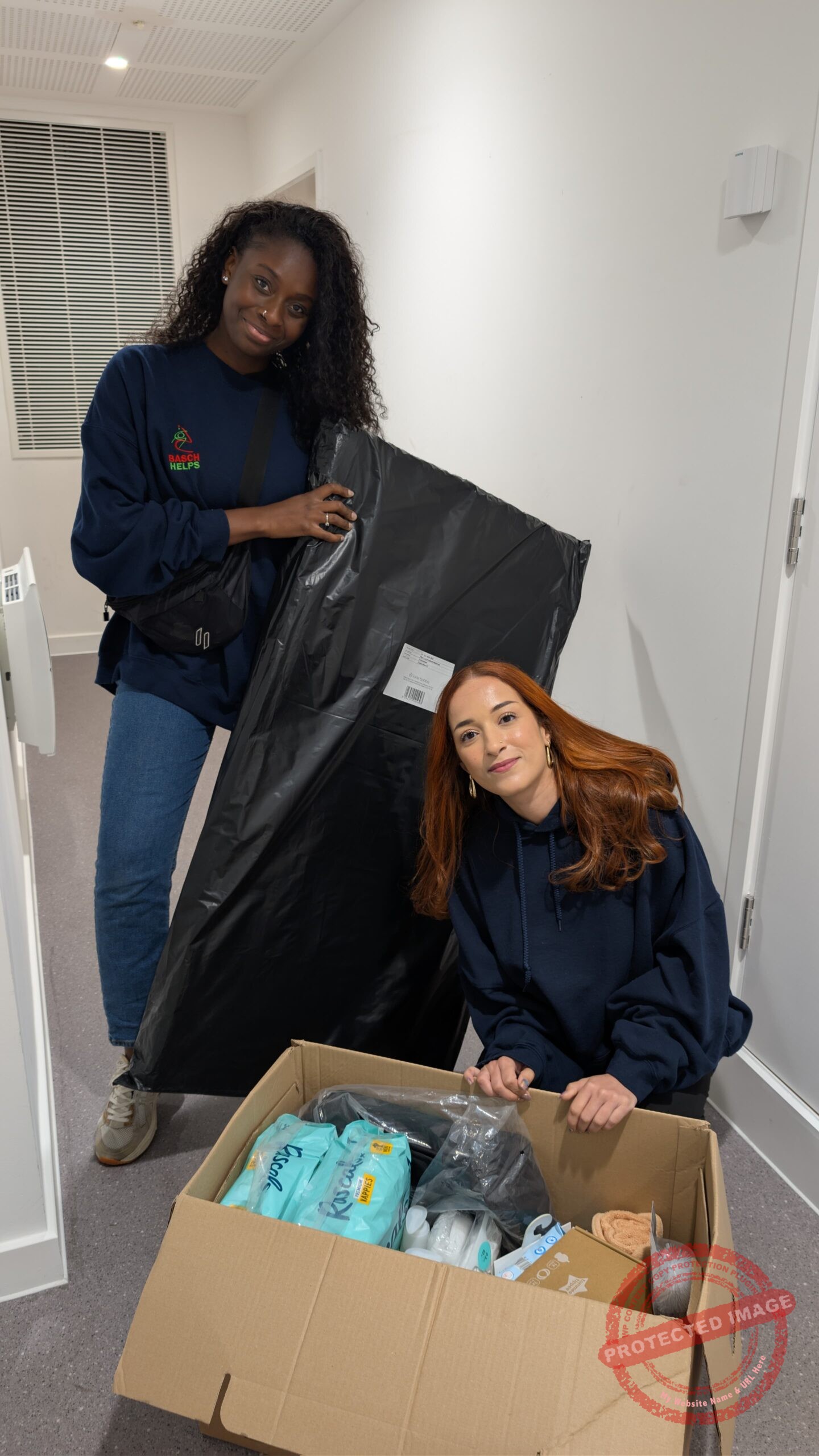
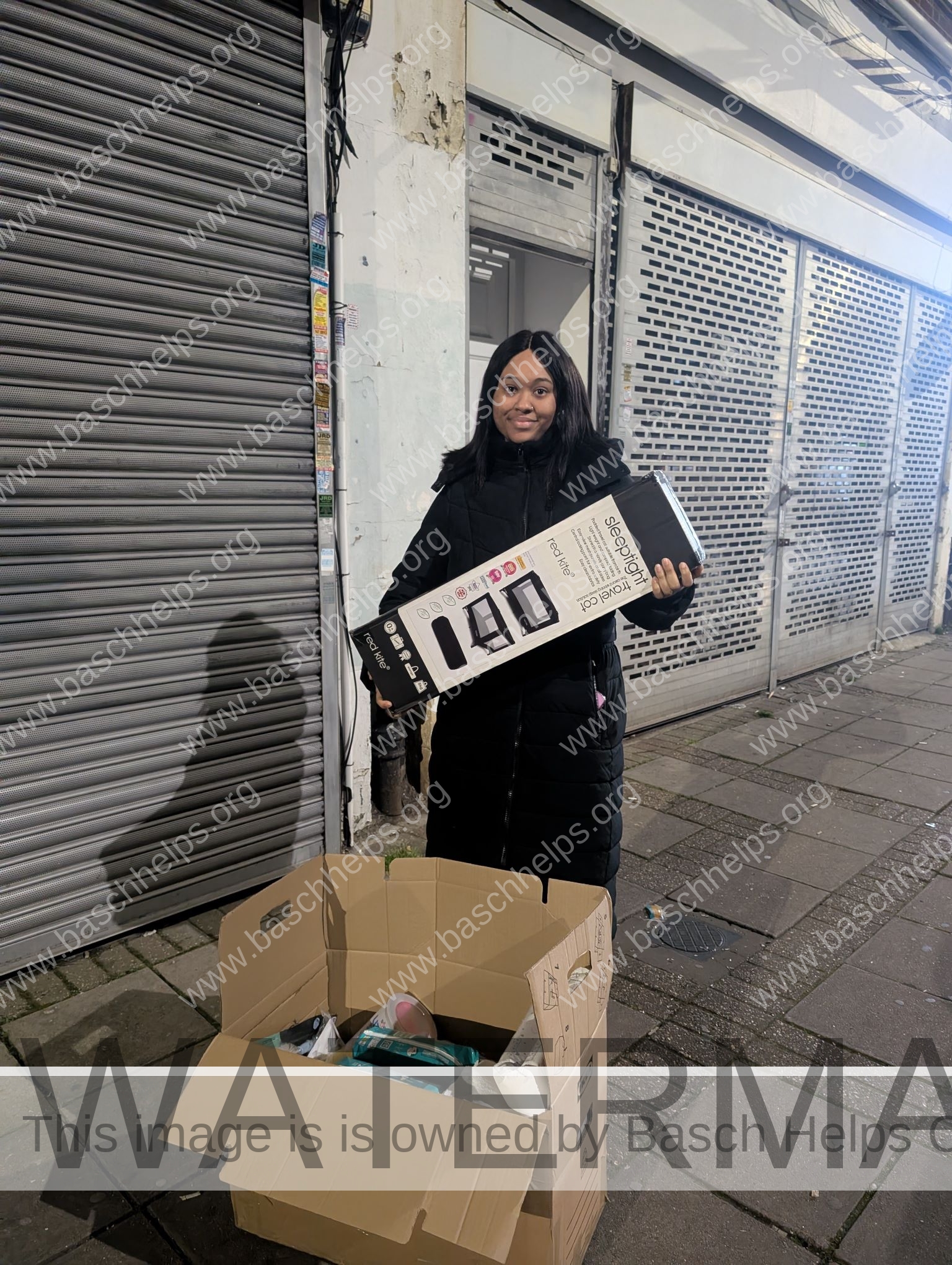

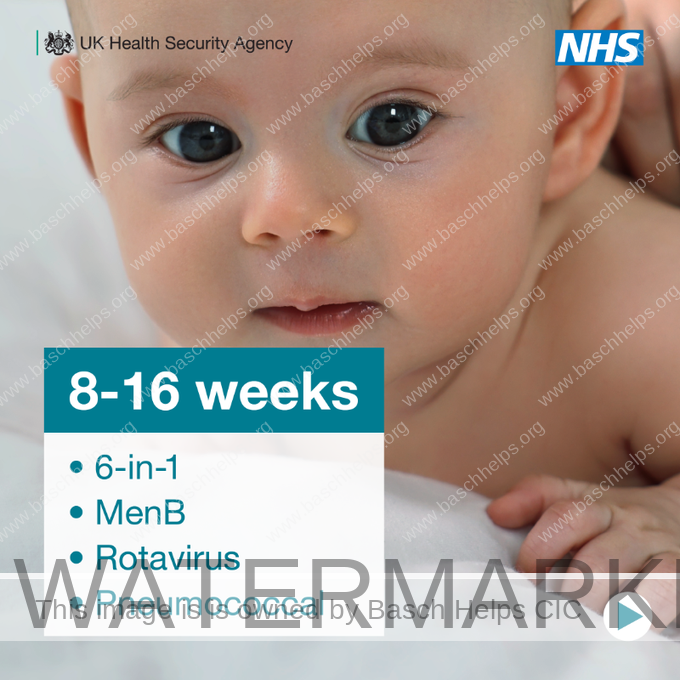 At 8-16 weeks your baby should have taken all these vaccinations
It's important that vaccines are given on time for the best protection, but if you or your child missed a vaccine, contact your GP to catch up.
To get more information on how to book an appointment in London.
At 8-16 weeks your baby should have taken all these vaccinations
It's important that vaccines are given on time for the best protection, but if you or your child missed a vaccine, contact your GP to catch up.
To get more information on how to book an appointment in London.
